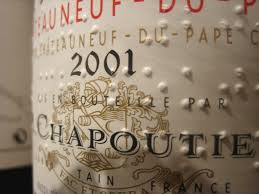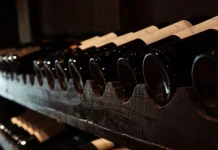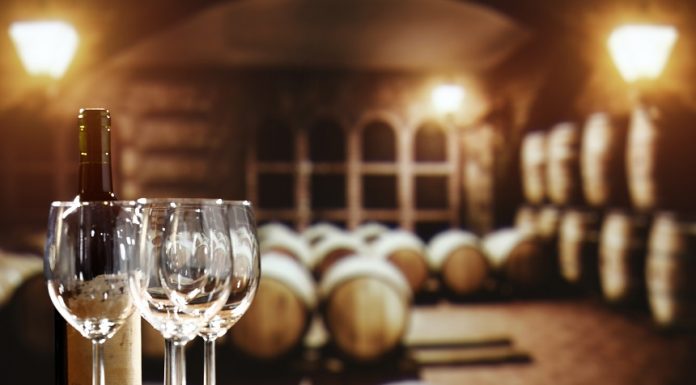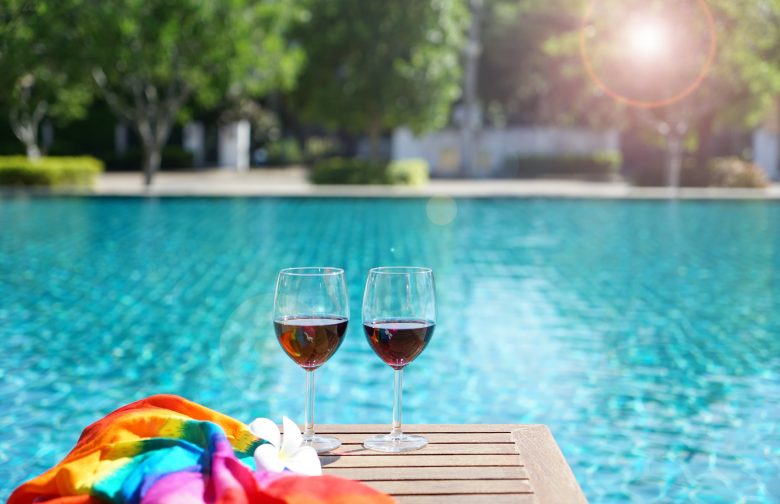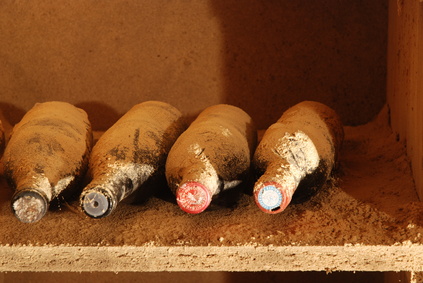On the occasion of World Braille Day, on January 4, we looked into a little-spoken subject. Have you ever wondered how a blind or visually impaired person chooses or recognizes a wine? There are so many different wines that it is essential to be able to differentiate and identify them. Some winemakers have therefore decided to include this information in Braille on their labels, to allow visually impaired people to easily access the characteristics of the wine. This is the case of the Maison Chapoutier, which answers Aveine’s questions.
The Invention of Braille
The creator of Braille is none other than Louis Braille, who became blind at the age of 3 because of a domestic accident. When he joined the Royal Institution for the Young Blind in 1819, he learned to read and write using Roman characters in relief, following the method of Valentin Haüy, its inventor. However, this method is rather limited in its practice.
After years of work, Louis Braille perfected the methods that had been used until then and invented Braille. In 1829, he brought out the first version of his method, where each letter, number, punctuation and symbol has a Braille equivalent.
Quite an amusing anecdote, as for our topic of the day: louis Braille’s father owned vines in Coupvray, in Seine-et-Marne, his home village.
Why and how to put Braille on wine bottles?
Convenience
The aim is obvious: to make the daily life of blind wine lovers easier. A wine can be discovered with all the senses. But all too often we underestimate the choice guided by the visual aspect of the label, the name of the wine, the grape varieties used, the shape of the bottle (a clue as to the region of production). They provide access to all essential information at the touch of a fingertip: the name of the cuvée, the estate, the appellation, the color, the grape variety, the vintage, or the alcohol content. Braille wine bottle labels are therefore a great help to better identify, classify or choose them, and especially to be able to do all this by yourself.
Constraints
However, the life cycle of a bottle of wine is a long process, from bottling to tasting. Indeed, the label of a wine bottle is sometimes mishandled, passed in water, or simply worn out by friction within its cardboard. These Braille labels must be resistant to both cellar dust and refrigerator humidity. So one might wonder how do Braille labels stand the test of time?
The main constraints of using Braille on labels are the printing of raised letters, which requires the use of special quality paper. The characters must have a minimum size and the positioning of the bottles in the boxes must be such that the embossed printing is not crushed.
Two printing techniques are used: embossing printing, which produces a relief by pressure effect, and screen printing by resin deposition, which applies a transparent ink that then swells. The cost is estimated at 12 cents per label. Today, these techniques allow Braille labels to resist all shocks and remain legible.
Braille wine labels: the example of the Maison Chapoutier
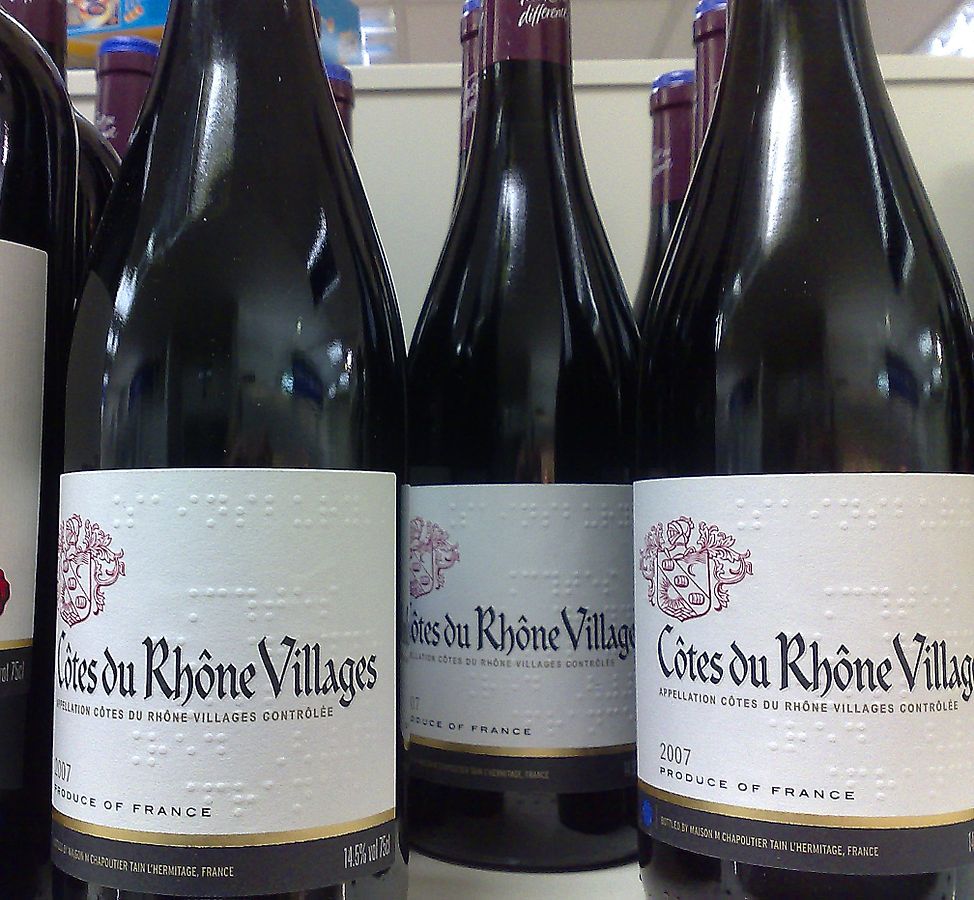
Even today, very few winegrowers have taken the plunge. And the most emblematic house as for the integration of Braille on its wine bottles is the Chapoutier, located in the Rhone valley south of Lyon. Indeed, the wine merchant has had this included braille on all its wines since 1996.
Valentin Fontenit, Sales Director France at Chapoutier, agreed to tell us more about this approach.
Aveine: Since when did you decide to ensure that people who are blind can read your labels?
V. Fontenit: Since 1996. We are among the first to do so, and we are proud of that.
Aveine: Why this approach?
V. Fontenit: Originally, it was to pay homage to the Monier de la Sizeranne family, who had a blind son. Maurice, the father, having co-invented the first abbreviated version of Braille, owned land in Hermitage. Today, these lands belong to Chapoutier, and this is a way of paying tribute to them. The tradition has endured ever since, and it is a cause close to the Chapoutier family’s heart.
Aveine: Do you think it increases your sales?
V. Fontenit: No, I think that in terms of sales it’s rather anecdotal. On the other hand, it is rather well perceived, and people talk about it. It’s part of Chapoutier’s brand image.
Aveine: What are the constraints related to this type of labelling?
V. Fontenit: Our process is now well in place, and we have had expertise in this field for 20 years. The main constraint is the extra cost. Compared to a normal label, it’s 15 to 20 cents more expensive.
Aveine: Do you take other actions for this cause?
V. Fontenit: As I told you, this is a cause that is very close to the heart of the Chapoutier family. We sometimes carry out commercial operations, or we use part of the turnover to donate to associations, or to finance guide dogs for the blind. It is a global approach that we regularly take.
The translation and creation of the labels required more than a year of research and work at the time. Today, it is the Valentin Haüy association that helps Chapoutier in its approach. It validates and corrects all the prototype labels, for each of the new references of the trader. For space reasons, Chapoutier has decided to indicate the following information in Braille: name of the wine, appellation, vintage and color. With Chapoutier, nearly 10 million bottles a year are produced and sold with a Braille label.

